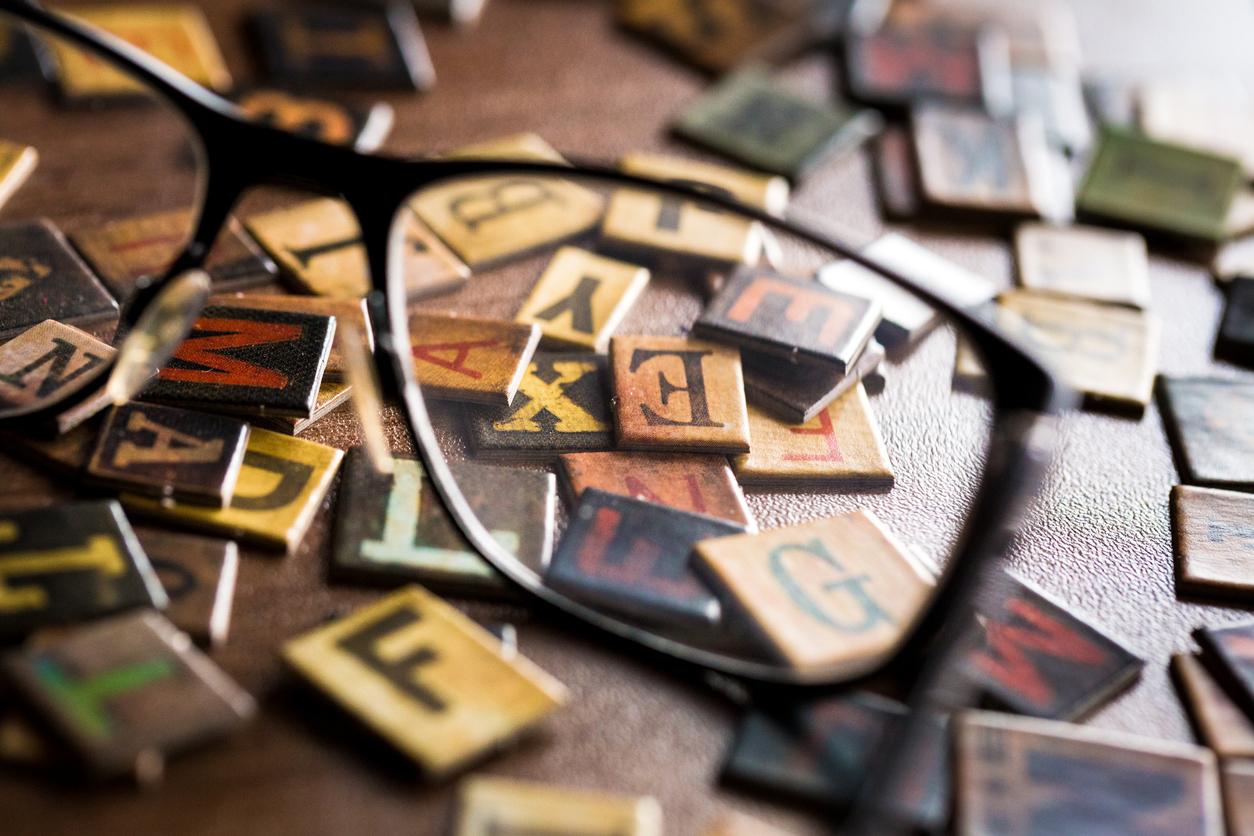The signs, causes, and treatment of surface dyslexia
Dyslexia is a learning difference that can make it difficult for your child to learn to read. You may know something about it, but did you know that there are different sub-types of dyslexia? Each one is characterized by different struggles with letters, words, or numbers.
One of those sub-types is called surface dyslexia.
What is surface dyslexia, and what are the signs that your child might have it? More importantly, what can be done to help your child learn and succeed in school and life?
This guide will answer all of these questions.
A primer on surface dyslexia
First, let’s make sure you understand more about dyslexia in a broader sense. Dyslexia is a learning difference that affects a child’s ability to recognize and use the sounds that make up words and numbers.
It’s important to note that dyslexia is not related to intelligence or eyesight. It simply means there’s an issue with how the brain interprets and processes language.
Surface dyslexia (also called visual or dyseidetic dyslexia) is a sub-type characterized by difficulty with whole word recognition and spelling. Someone with surface dyslexia can usually master phonics but cannot read words that are spelled differently than they sound (irregular words).
Examples of irregular words include weight, debt, yacht, father, answer, earth, island, chaos, colonel, and friend.
Signs of surface dyslexia
Some signs might indicate a problem with surface dyslexia, including:
- Severe difficulty with whole word recognition
- Trouble reading new words by sight
- Trouble reading words that don’t sound the way they’re spelled
- Slow to read
- Difficulty with spelling
- Avoiding reading activities
Although these are signs of surface dyslexia, they could also indicate another learning difference or a general reading delay. A complete psychological or neuropsychological evaluation is the only way to diagnose the condition for sure.
The cause of surface dyslexia
Like most sub-types of dyslexia, there is no clear reason for surface dyslexia. Some studies suggest it may be inherited, but there may be other risk factors.
Risk factors of dyslexia:
- A family history of dyslexia or learning disabilities
- Premature/low birth weight
- Exposure to substances like alcohol, nicotine, or drugs during pregnancy
- Prenatal infection that affects brain development
- Individual differences in parts of the brain that process language and allow a child to read
Support at The Learning Lab
Children with surface dyslexia can learn to recognize and/or sound out words with irregular spellings. They can be taught something called “lexical skills,” which is the ability to recognize whole words by sight.
Here at The Learning Lab, we use a specialized program called Seeing Stars in our I3 Lab. The experience is customized for each child’s needs. The Seeing Stars method uses symbol imagery to aid phonological and orthographic processing, which helps children with surface dyslexia improve their reading and spelling skills. It also allows faster processing, quicker self-correction, and fewer instances of guessing about words and sounds.
Another common method used at The Learning Lab is the Orton-Gillingham approach. This system was developed in the 1930s by Samuel Torrey Orton and Anna Gillingham.
It includes six basic elements:
- Personalized approach based on the specific learning difficulties of the child
- Engaging multiple senses such as auditory, visual, and touch (kinesthetic)
- Structured, systematic, sequential, and cumulative (language elements introduced in a logical and understandable order)
- Cognitive – Learning the general rules involved in how language is structured
- Flexible – This means the instructor makes sure the child actually understands patterns and not simply recognizing it
- Building a personal and direct student-teacher relationship
We also incorporate the Fast ForWORD® reading program, an online system that, “targets learning struggles at their core, starting in the brain.”
Along with dyslexia, Fast ForWORD can help children with other conditions and learning difficulties, including:
- Reading comprehension struggles
- Reading fluency deficits
- Auditory processing disorder (APD)
- Expressive and/or receptive language differences
- Mild to moderate autism
- ADD/ADHD
- Other learning differences
Get the help you need now
If you’re in Fort Lauderdale and your child has been diagnosed with dyslexia – or you suspect they might have it – we can administer Dyslexia Screenings to verify the condition. Contact us to find out how we can help.





